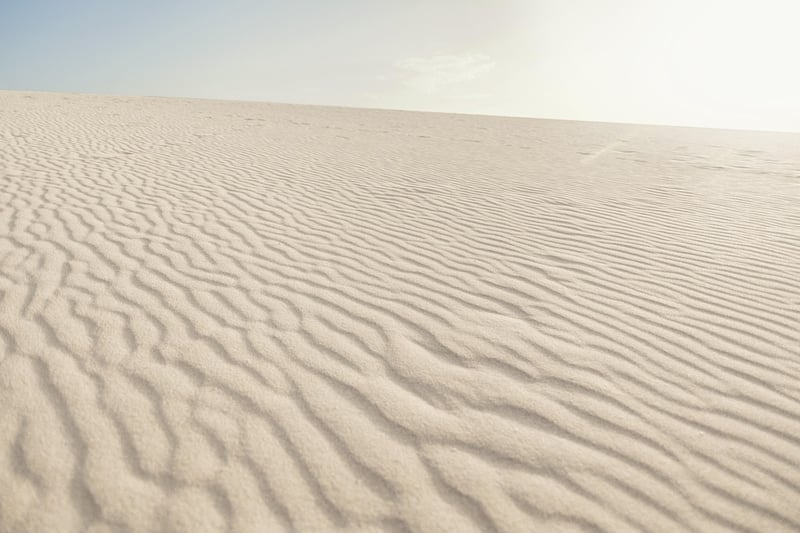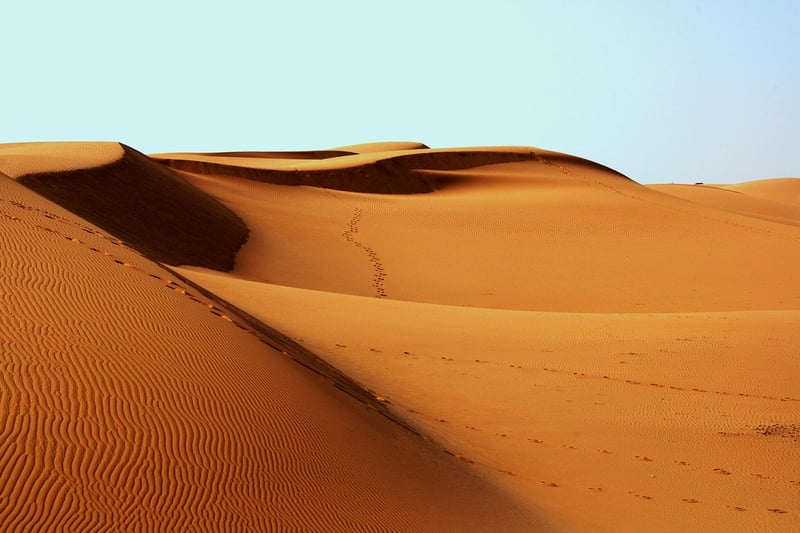Sand Patterns
The Beauty of Sand Patterns: Understanding Essential Components
When walking along a sandy beach, have you ever stopped to admire the intricate patterns left behind by the waves? These mesmerizing designs are not just random creations; they are the result of a delicate balance of essential components working together in harmony.
1. Sand
At the heart of every sand pattern lies the sand itself. Each grain of sand is unique, varying in size, shape, and composition. When millions of these grains come together, they form a canvas for nature to paint its mesmerizing designs.
2. Water
The ebb and flow of the water play a crucial role in shaping sand patterns. As waves wash ashore and retreat, they create ripples, ridges, and valleys in the sand. The amount of water, its speed, and direction all contribute to the final design.
3. Wind
Wind is another key player in the formation of sand patterns. Gentle breezes can create delicate, intricate lines, while strong gusts may sculpt dunes and contours. The direction of the wind determines the orientation and symmetry of the patterns.
4. Time
Time is perhaps the most patient artist of all. It takes time for the elements to work their magic on the sand, gradually forming and erasing patterns with each passing wave and breeze. The evolution of these patterns is a testament to the ever-changing nature of the beach.
Appreciating the Art
Next time you find yourself at the beach, take a moment to appreciate the beauty of sand patterns. Observe the intricate details, follow the lines and curves, and marvel at the artistry of nature. Each pattern is a unique masterpiece, waiting to be discovered and admired.

Let the symphony of sand, water, wind, and time enchant you as you witness the ever-changing gallery of nature's artwork etched in the sand.
Remember, the next time you see a sand pattern, you are not just looking at random shapes; you are witnessing the collaboration of essential components creating a masterpiece on nature's canvas.
